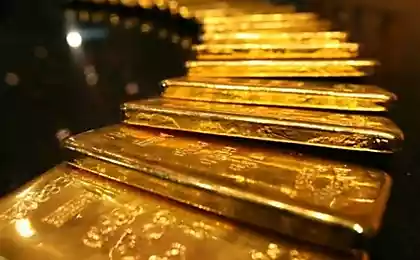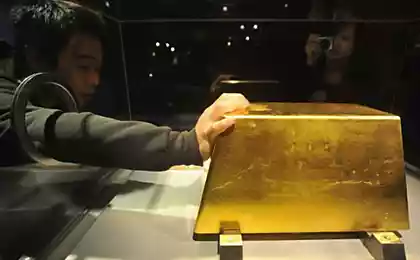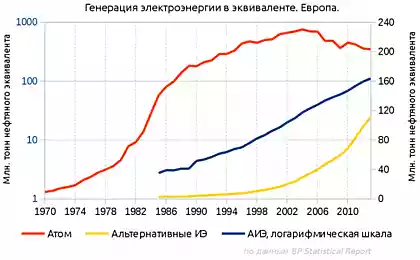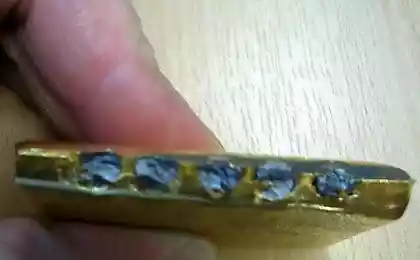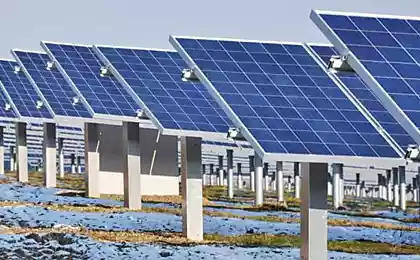454
"Gold nanoclusters" - a revolution in the field of solar energy?

Scientists at the University of Western discovered that a tiny molecule made up of just 144 gold atoms can increase solar performance by more than 10 percent. The work, published in the journal Nanoscale, sheds light on this great innovation that can radically change the solar infrastructure and further reduce the world's dependence on traditional sources of energy, says Giovanni Fanchini from the University of Western.
Fanchini says that the new technology is easily verified and will be integrated into prototypes of solar panels in a year or two, and the phones at the energy of the sun will appear in five.
"Every time you charge your cell phone, you need to connect — says Fancini. — What if you could charge mobile devices, phones, tablets and laptops on the go? It would be not only convenient, but also provided a potential savings of energy."
Western scientists have already started working with producers of solar elements to integrate their innovation into an existing network technologies of solar panels and extremely happy with the results.
"The canadian industry has already acquired solid know-how in solar infrastructure, — says Fancini. — Our invention is modular, easy add-on to an existing production process, so we expect that a working prototype will appear very soon."
Using nanoplasmonic enhancements, Fanchini and his team took "gold nanoclusters" as building blocks to create a flexible network of antennae on the traditional solar panels to increase the light falling. If nanotechnology is the science of creating working systems at the molecular level, nanoplasmonics investigates the interaction of light within such systems.
"Imagine a very delicate gold chain, explains Fanchini, emphasizing that the antenna is so small that they are not seen in an ordinary optical microscope. Network catches the light radiated by the sun and converts it into the active area of the solar cell".
According to Fanchini, the spectrum of light reflected by gold, corresponds to the yellow color, which coincides with the light spectrum of the Sun. Antennas greatly increase the amount of sunlight that falls directly into the device.
"Gold is very reliable, resistant to oxidation and are difficult to damage, making it ideal for long term use. Also, gold can be processed."
Long been known that larger gold nanoparticles improve the performance of batteries, but the Western team was able to achieve results with "a ridiculously small amount" — 10 000 times less than in the previous studies, and therefore, expenses also decreased in 10 000 times.
Source: hi-news.ru
The most unusual energy sources - video review
Elon Musk Announces Teaser for Potentially New Electric Car and ‘Something Else’







